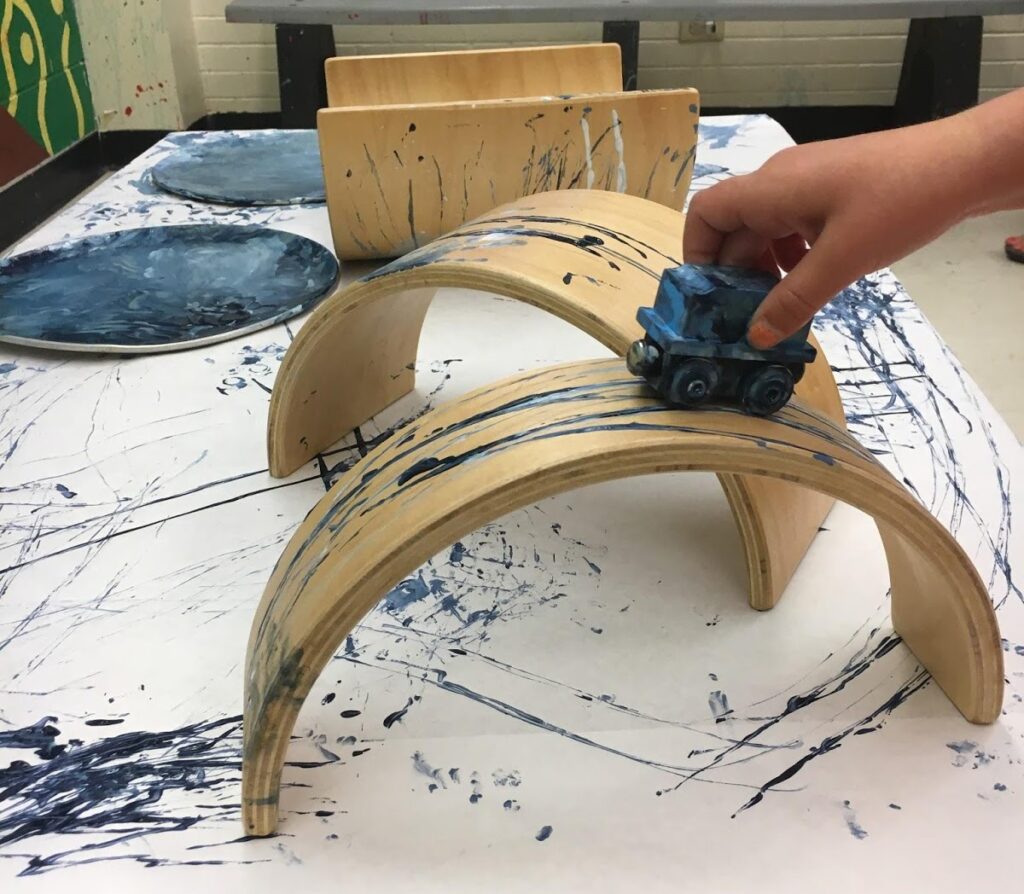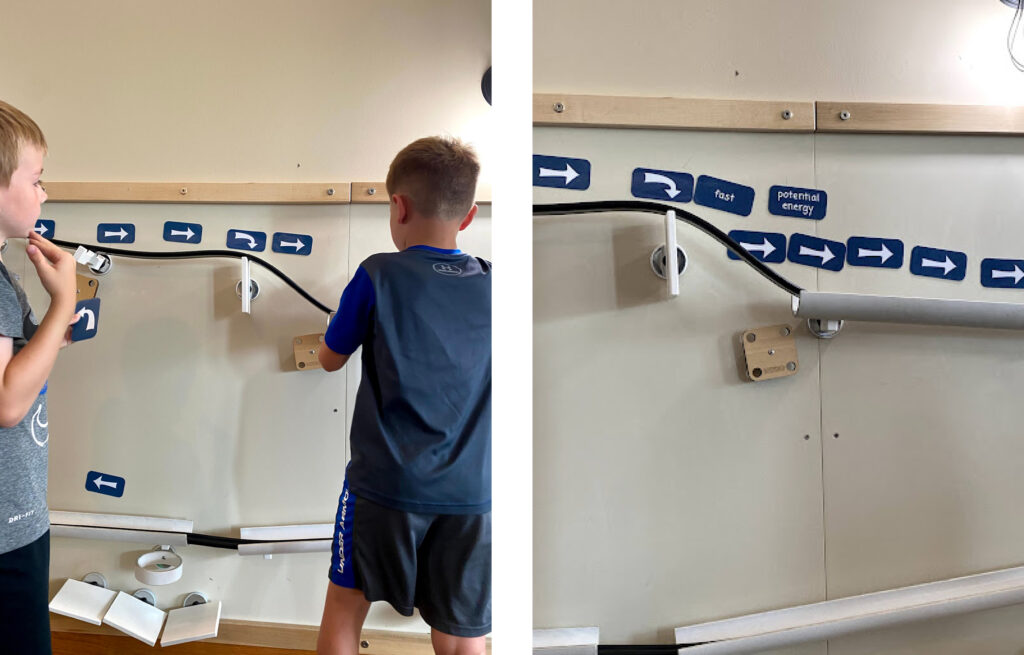By: Natalie Drucker Boscoe
www.natalieboscoe.com
“Art is the queen of all sciences communicating knowledge to all the generations of the world. ”- Leonardo DaVinci
Walking into my kitchen early one morning, all I see is a mass (and mess) of curly brown leaning over a small table. Upon closer inspection, my 3-year-old daughter is feverishly drawing something magical. My daughter looks up at me, smiles and tells me this is her “new invention-art-masterpiece-blueprint.” She is wearing a shirt that reads “Forget princess, I want to be an astrophysicist.” My daughter is now 7-years-old and still wears that shirt. At first glance, it is supposed to make people smile and cheer, “Yes! You go girl!” When my daughter gets asked, “What do you want to be when you grow up?” She replies: artist, singer, dancer, scientist, inventor. Some people respond to her by saying, “You can’t be all of those things, they are nothing alike.” We respond to the naysayers “those professionals are intimately related and as a scientist and inventor my daughter is also an artist.”
The skills need to thrive in both the STEM and Arts fields are very similar. These include being a risk-taker, brave, curious, filled with a sense of wonder, having a passion for discovering the unknown, and creating something new.
In early childhood education educators support children in growing their skills and confidence to become independent problem solvers. We encourage them to ask meaningful questions about the world around them, all while taking appropriate risks. These are skills used in the STEM fields as well as the arts. There is a significant intersection between art and STEM, and educators can create spaces in which they are not seen as separate endeavors.
Consider the role of engineers. They are tasked with discovering and creating solutions for real world problems. At the heart of the solution, the engineer must also consider the human element, including the aesthetic component. No one wants to live in a city where all the buildings and structures are ugly. Think of the Rialto Bridge in Venice. It solves a problem, connecting two pieces of land across a waterway, and yet is beautiful and visually stunning. A great example of art and engineering working together in harmony. Using ramps with cars and paint can be a way to visually support young children in learning about physics. I wrote a blog post about this example on my website.

Taking a closer look at nature can highlight the intersectionality of STEM and art. Butterflies are a perfect illustration of concepts used both in art and math: symmetry, patterns, and shapes. Educators can reframe and shift their thinking about STEM and art to create environments that hold space for both to work together seamlessly.
Here are a few strategies to get you started on your journey:
Scientific Inquiry Questions
Scientific inquiry questions are a great way to encourage children to “think further”. Challenge yourself in all types of situations (art and STEM) to ask children questions such as:
- I wonder what will happen if/when we do…?
- What do you think will happen when…?
- How do you think…?
These types of questions can be used when experimenting with art, “What do you think will happen when we mix the yellow and blue paint together? Do you have a hypothesis?” Exposing children to scientific inquiry questions from an early age will not only encourage them to ask those questions, but will also increase their comfort level with a scientific process way of thinking.
Vocabulary
Make a point of using technical terms relating to STEM and art in the classroom everyday. Try using one new term every week or every other week. Put the word and the definition on the wall to remind yourself to use it.

Examples
- velocity, incline, speed, compare, contrast, estimate, gravity, perspective, shade (related to colors), sort, classify, visualization, medium (types of materials being used), rapid, vigorous, parallel, symmetry, symmetrical, pattern
Using technical vocabulary with scientific inquiry questions:
- I see you are using vigorous, rapid brush strokes to paint your picture, I wonder what would happen if you used soft slow brush strokes?
Keep in mind not to interrupt a child’s thinking or learning. Wait for an appropriate time to question, observe and have a conversation with children. Changing our mindset of looking at art and STEM as an “and” instead of “or” can help support children in early childhood education to develop the 21st century skills needed to succeed.
Join Natalie and Kodo Kids this Fall to explore intersectionality of STEM and Art.


